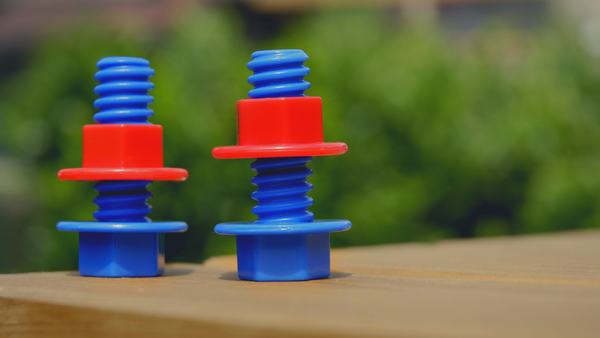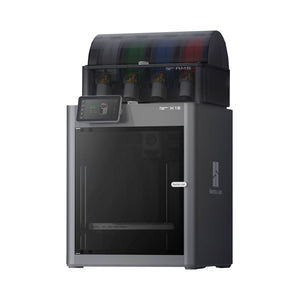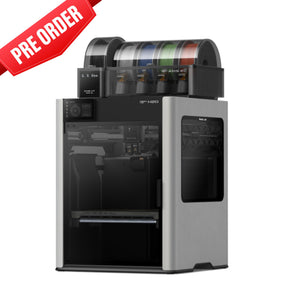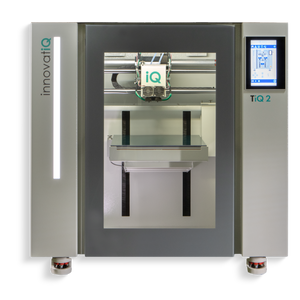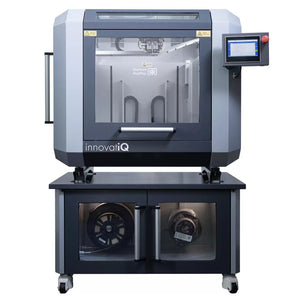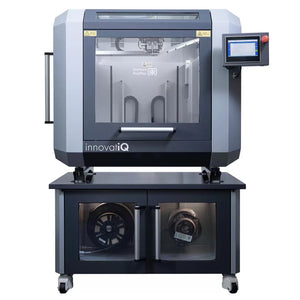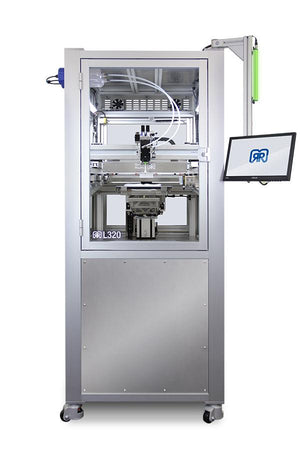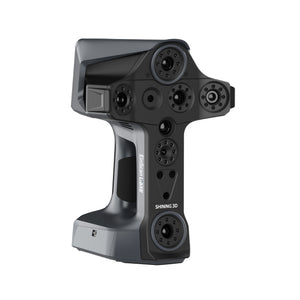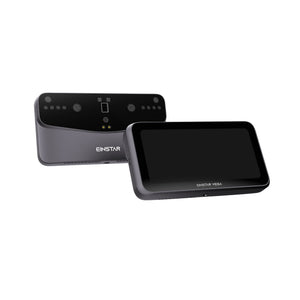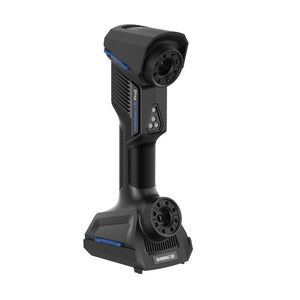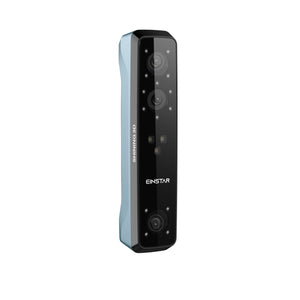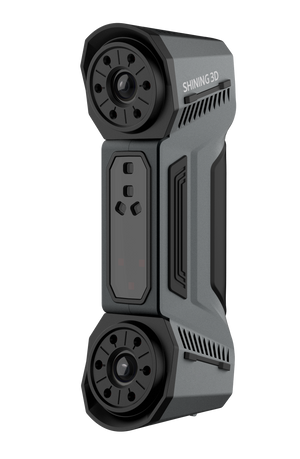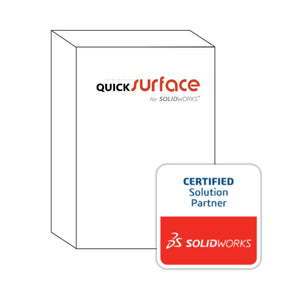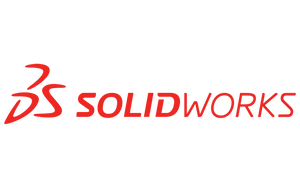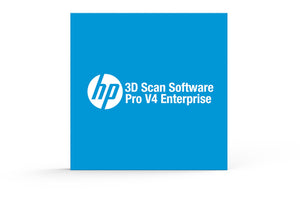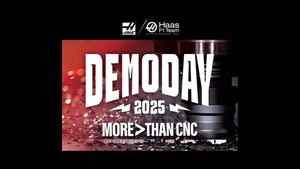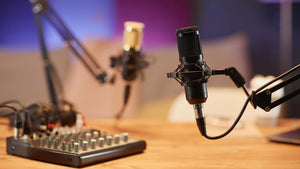Jul 20, 2019
To print or not to print...Threads and 3D Printing
Customers commonly ask us if machine threads can be 3d printed into their parts, and it is a tricky because the answer is "it depends".
Fine Threads = Do NOT 3D print
For very fine threads, the answer is always simple - NO. Just don't do it. While it is possible that with the right combination of settings (resolution, nozzle size, etc) you can print a fine thread, it is simply not worth the hassle because there are so many good alternatives.
Our preferred methodology is to incorporate a heat set insert into your design, which is added after your part has been 3D printed. With this technique, you can get robust & strong threads in your 3d printed parts that can be used hundreds of times with no hassle. We recommend these Heat Set Inserts from McMaster Carr. With these inserts, you only have to consider 3 variables in your design:
- Length of the Insert: Add 0.030" to a blind hole and use this for your minimum depth
- Length of your Hardware: If you are using extra long hardware, make sure to leave a blind hole deep enough for the hardware or simply lease a clearance hole for the hardware to pass through
- Diameter of the Insert: Use the "Recommended Drill Size" from McMaster as your hole size in CAD
After your part finished printing, simply grab a soldering iron and heat up to the melt temp of the plastic. Press down on the insert and within seconds it will sink into place for a perfect thread! We have found this technique to work well for ABS, PLA, Nylon, PC and PETG so far...but, it will likely work with any thermoplastic!
Ok, so when can you 3D print a thread?
For very large and coarse threads, it is possible to 3D print a functional thread. This technique should be reserved for applications were a custom thread is required due to the part design...imagine a custom thread on a water bottle cap, or a thread to attach a tool to the end of a painter's stick.

Wait, what about 3D printing Hardware?
The same rules apply here. For any threaded hardware that you can buy off the shelf, skip 3D printing and buy the part. If you need a custom piece of hardware, make sure that the threads are very coarse.
One more thing, can you tap or thread a 3D printed part?
It depends on the material choice and thread size, but it is definitely possible. We have seen the best results with materials that are both very tough and very stiff. Special considerations also have to be made in the 3D printing process to make sure that there are enough "shells" or walls in the part to allow for the removal of material to form the thread.


